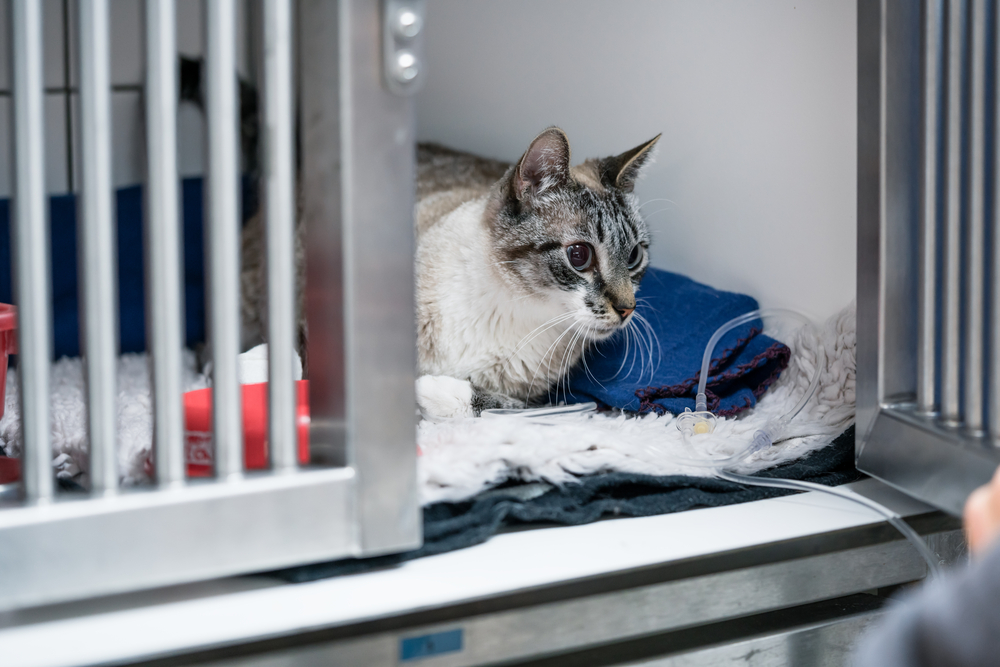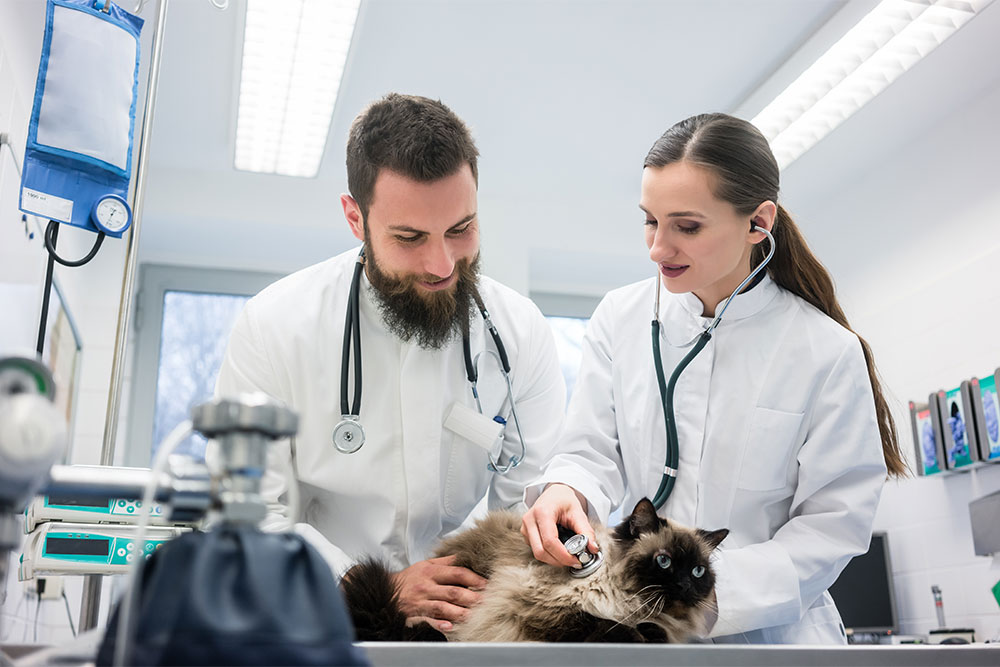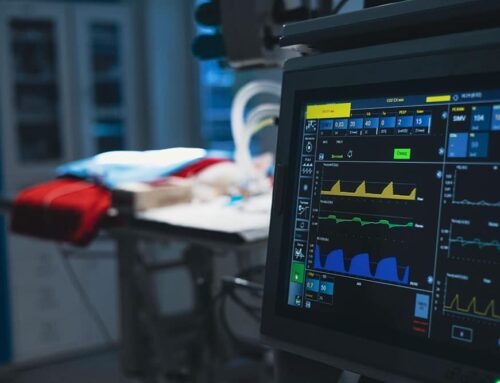When Liver Disease Becomes Critical: The Role of ICU Support at Omega Veterinary Group
Liver disease in pets doesn’t always start with an emergency—but it can quickly become one. When the liver begins to fail, the entire body is affected. That’s because the liver isn’t just another organ; it’s a metabolic powerhouse, responsible for detoxification, digestion, blood clotting, and much more. At Omega Veterinary Group in San Mateo, California, we’re often asked: When does liver disease require intensive care? The answer depends on your pet’s symptoms, the speed of disease progression, and how their body is responding to treatment.
Here, we’ll explain the causes of critical liver disease, what signs to watch for, and how ICU-level support can make the difference between life and loss.
Understanding Liver Disease in Dogs and Cats
There are many causes of liver dysfunction, and the symptoms can range from subtle to severe. Conditions like canine hepatitis, liver cancer, hepatic lipidosis, and portosystemic shunts may all affect the liver differently, but the end result is often the same: reduced liver function and rising levels of toxins in the body.
Common causes of liver failure include:
- Toxins or drug reactions
- Infections like canine hepatitis (AKC)
- Liver tumors (AKC on liver cancer)
- Fatty liver disease in cats (Cornell Feline Health Center – Hepatic Lipidosis)
- Congenital issues such as portosystemic shunts (ACVS overview)
When the liver is no longer functioning effectively, pets can experience a condition called hepatic encephalopathy—a neurologic syndrome caused by the buildup of ammonia and other toxins in the bloodstream. This can present as disorientation, seizures, drooling, pacing, and even coma. At this stage, ICU care is no longer optional—it’s lifesaving.
More about the clinical approach to these cases is described in this overview of acute liver disease and hepatoencephalopathy by dvm360.
When Is ICU Support Necessary?
ICU support becomes essential when:
- Your pet is unable to eat or drink on their own
- There are signs of neurologic deterioration
- There is severe vomiting or diarrhea leading to dehydration
- There’s evidence of bleeding disorders, which are common in liver disease
- Ammonia levels or liver enzyme values are dangerously high
In these cases, hospitalization allows for constant monitoring, aggressive IV fluid therapy, nutritional support, and specialized medications to manage symptoms and stabilize the liver.
ICU-Level Interventions for Liver Disease
At Omega Veterinary Group, our ICU services provide advanced, around-the-clock care using a multimodal approach. Here’s how we support patients in critical liver distress:
1. IV Fluids and Electrolyte Support
Liver disease often leads to dehydration and imbalances in sodium, potassium, and chloride levels. IV fluids correct these issues while helping flush toxins.
2. Ammonia-Lowering Therapies
Medications like lactulose and antibiotics are used to reduce ammonia-producing bacteria in the gut. This is vital for patients with hepatic encephalopathy.
3. Feeding Tube Placement
In cats with hepatic lipidosis, restoring nutrition is a top priority. Often, we place an esophagostomy tube to ensure they receive the calories they need without the stress of oral feeding. Learn more about esophagostomy tube care from the University of Missouri Veterinary Health Center.
4. Monitoring and Laboratory Testing
Daily bloodwork tracks liver values, clotting function, protein levels, and more. This helps us adjust treatment in real time.
5. Seizure Control and Sedation
In cases where hepatic encephalopathy leads to seizures or extreme agitation, medications may be used to provide comfort and prevent further neurologic damage.
Prognosis: What Can Pet Owners Expect?
Recovery depends heavily on the underlying cause, how early treatment is started, and whether complications like bleeding or neurologic crises are present. For example:
- A young dog with a surgically correctable portosystemic shunt may make a full recovery with ICU support and surgery.
- A cat with hepatic lipidosis has a fair-to-good prognosis with aggressive nutritional therapy.
- Dogs with advanced liver cancer, on the other hand, may need palliative care focused on comfort.
The liver has some regenerative capacity, but early intervention is crucial to harness that potential. Learn more about other diseases of the liver and gallbladder here.
Why Choose Omega Veterinary Group for Liver ICU Care?
At Omega Veterinary Group, we combine advanced medical equipment with an experienced, compassionate veterinary team dedicated to providing specialty-level care. Our ICU is designed to give critically ill pets a fighting chance—and give their families real-time updates, realistic expectations, and ongoing emotional support.
From our comprehensive veterinary services to our personalized, expert-led team, we’re equipped to handle the most complex liver cases with diligence and care.
If your pet has been diagnosed with liver disease and you’re seeing rapid decline, don’t wait. Early ICU support can dramatically improve outcomes.

Frequently Asked Questions
How long will my pet stay in the ICU?
ICU stays range from 24 hours to several days, depending on severity. Our team will guide you through the expected timeline.
Will my pet need to go home with a feeding tube?
In some cases—especially cats with hepatic lipidosis or pets with no appetite—feeding tubes may be used temporarily. Our veterinarians provide full instruction and follow-up.
Can liver disease be prevented?
Some forms, such as toxin-induced damage or infections like hepatitis, can be prevented with appropriate medication and care. Routine bloodwork can catch early signs before symptoms appear.
Contact Omega Veterinary Group
If your pet has been diagnosed with liver disease or is showing signs of serious illness—such as confusion, vomiting, or lack of appetite—immediate veterinary attention is essential. Contact Omega Veterinary Group in San Mateo for guidance or an urgent evaluation.
When liver disease becomes critical, ICU-level care can mean the difference between managing a crisis and saying goodbye too soon. We’re here to support your pet—and you—every step of the way.







Leave A Comment